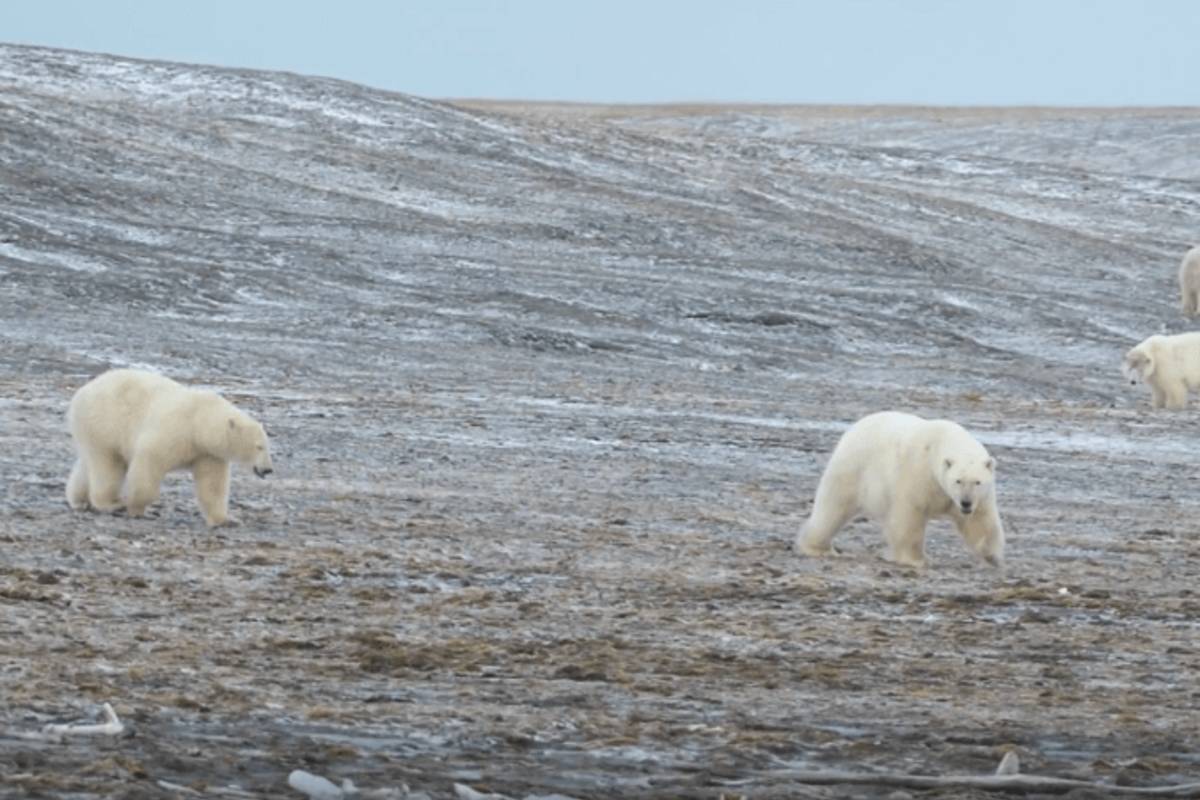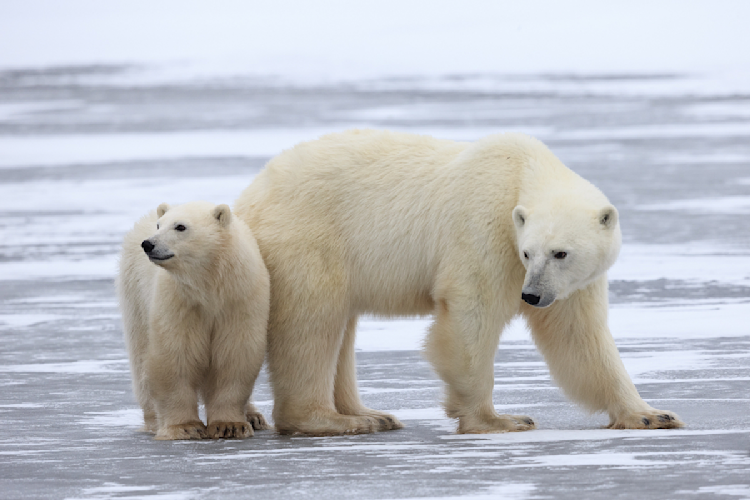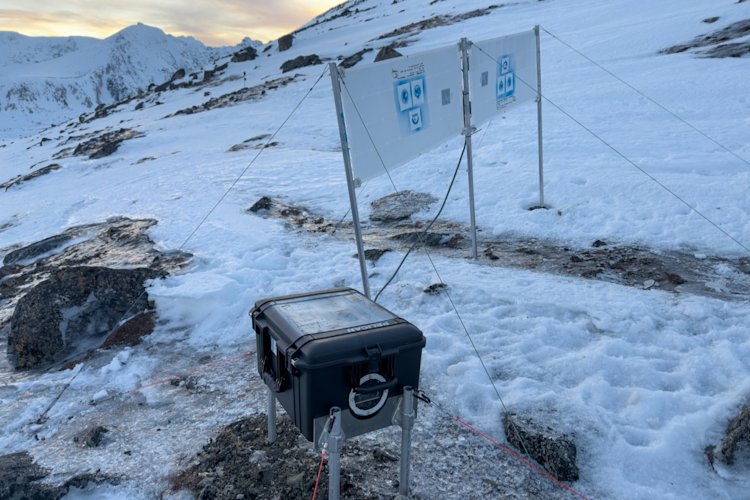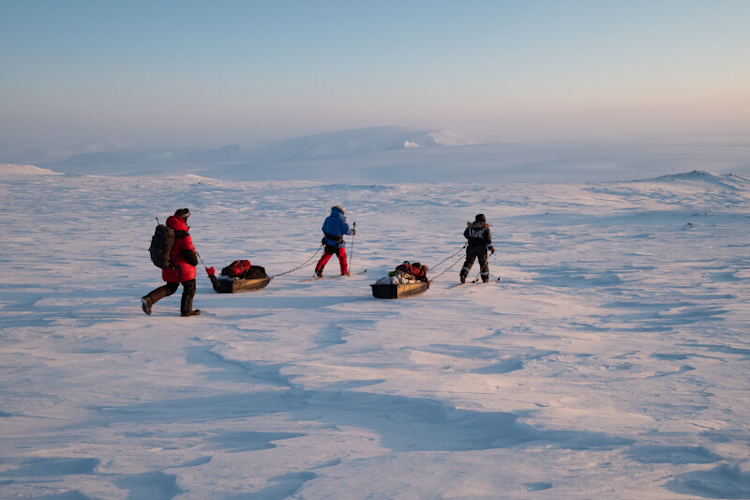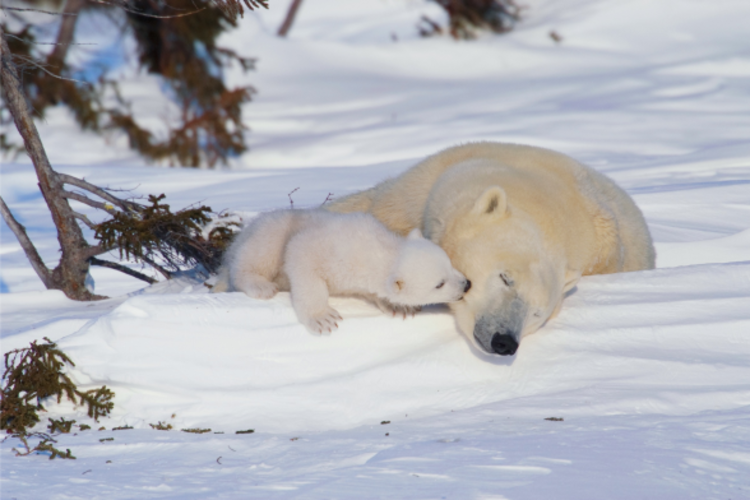This year marked a record early break up and a record low for summer sea ice extent across the Chukchi Sea, and, as I write this at the end of November, there remains an unsettling area of open water in the Chukchi as the monthly average extent just tied 2017 for the second lowest ever for the month. Warming is impacting the island itself as open seas make it a wetter place and warmer temperatures melt the permafrost. Reserve staff have documented significant changes in the mineral composition of some streams just in the last decade as melting permafrost releases new salts into the watershed. It has also been tied to significant rain-on-snow events that have decimated its reindeer population in recent years.
Changes afoot
As global inaction on the climate crisis continues, and more temperature records are broken well beyond the Arctic, what does the future hold for this special place? The island's unique location, straddling the international dateline and set solidly within the historically productive waters of the Chukchi Sea, may bode well for some species, but not all the current residents or migratory visitors. New species are already testing the land and waters, with confirmed use of its rivers by salmon—including one exploratory run of sockeye. In the marine environment, not unlike Hudson Bay to the south, orcas have also been sighted with new regularity in the Chukchi Sea.
Perhaps, as with the mammoths before them, Wrangel will serve as a refugia for at least some polar bears as they struggle to adapt to a rapidly changing sea ice system. The abundance of walrus and large whales suggest this is at least possible. The same will likely be true for walrus themselves, which use both Wrangel and Herald islands along with large haul-outs on mainland Chukotka. Whether that extra time will help them is in our hands. Will we act in time to stabilize sea ice loss, or will polar bears become the latest species to make their last stand on this unique Island?
Geoff York recently spent two months in Russia and four weeks on Wrangel Island as a part of a research team conducting ground-based population surveys to develop a base-line dataset and explore new den monitoring efforts. Dr. Eric Regehr is the principal investigator of the tudy; for more information, contact him at eregehr@uw.edu. The research will help scientists better understand how polar bears are using this island as a resting place during the ice-free season and as an important denning location.
Primary funding for this year's study was provided by the University of Washington, the U.S. Fish and Wildlife Service, Polar Bears International (thanks to the generosity of the High Point Community Foundation and Salesforce), the Wrangel Island State Nature Reserve, and the All-Russian Research Institute for Environment Protection. In addition to Regehr (University of Washington), fieldwork was conducted by Ulyana Babiy (Wrangel Island State Nature Reserve), Stanislov Belikov and Angelina Gnedenko (All-Russian Research Institute for Environment Protection), and Geoff York (Polar Bears International).
